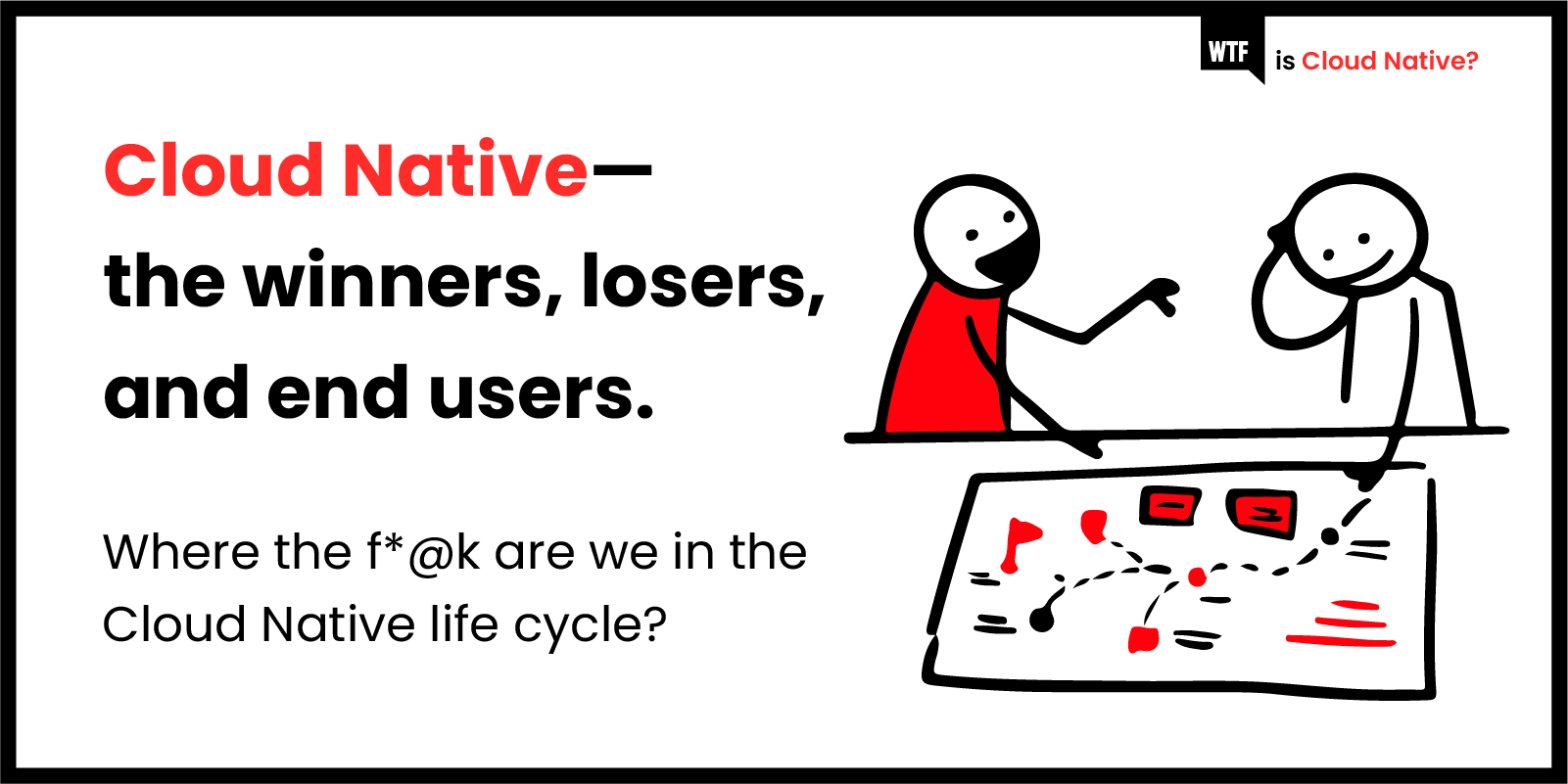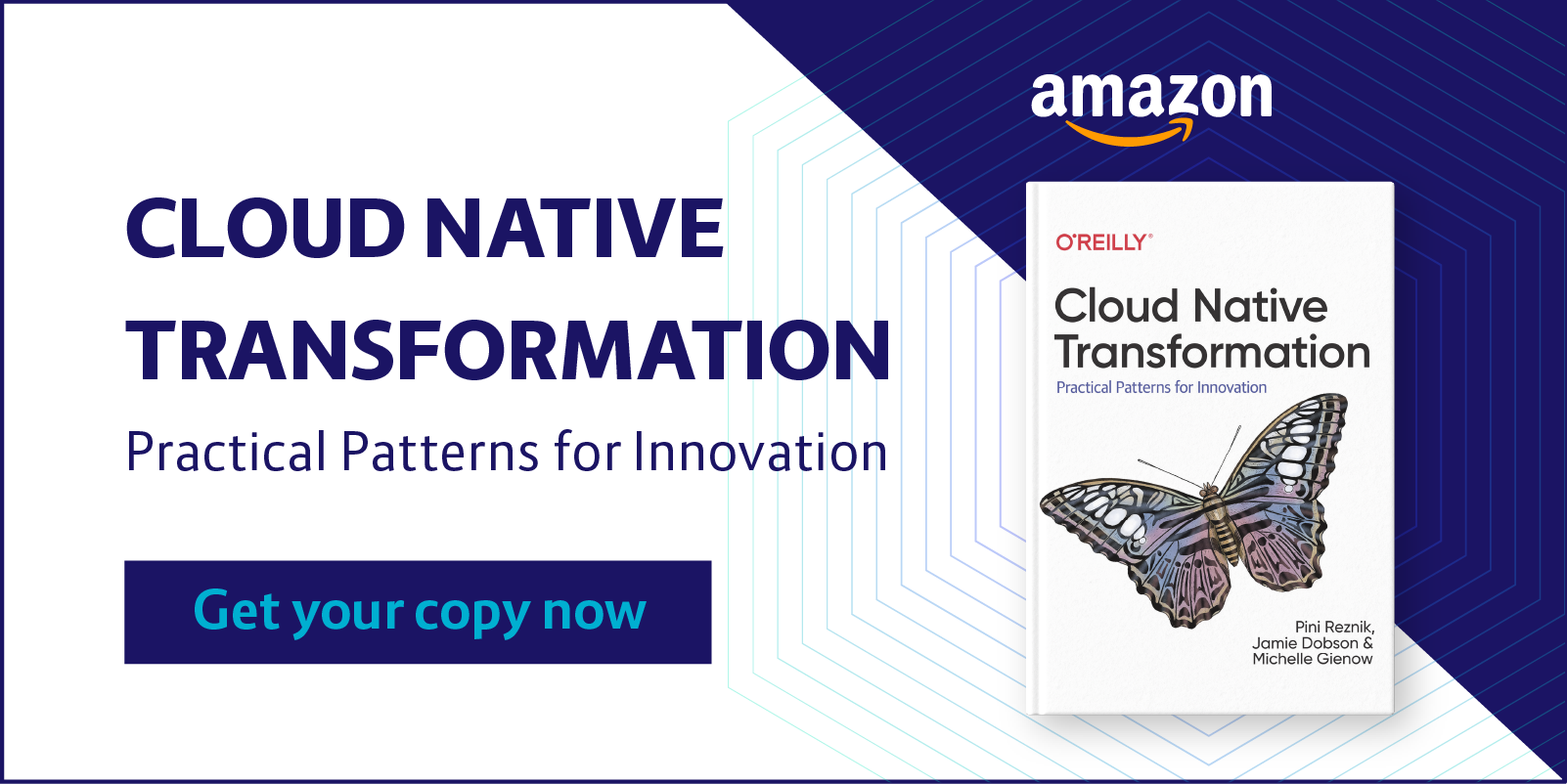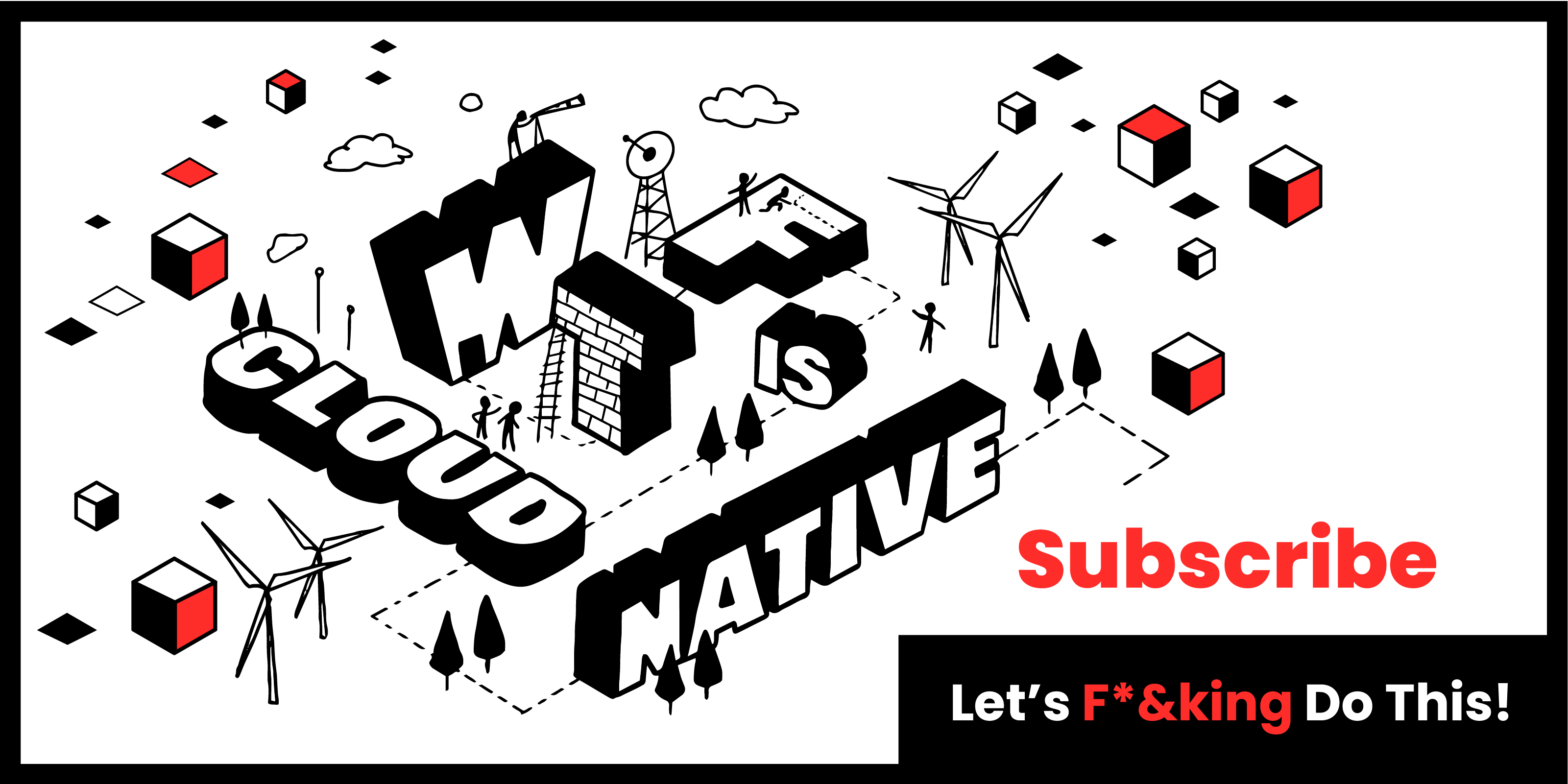If you want to get an overview of the Cloud Native space, it’s worth checking out the Cloud Native Computing Foundation’s landscape map. Make sure you give yourself some time though, as it can take a while to load.
Perhaps that shouldn’t be a surprise. The interactive page spans over 886 projects, services and providers, with a claimed market cap, at the time of this writing, of $15.07 trillion and funding of $15.09 billion. The accompanying membership map has 611 cards with a total market cap of $19.46 trillion and funding of $39.13 billion.
This vast landscape has been formed in less than six years. The CNCF began with just 22 members back in 2015, under the auspices of the Linux Foundation. By the end of 2020, total membership had rocketed to over 500, including more than 140 members of the CNCF End User Community.
And while just 15 projects that CNCF hosts have ‘graduated’ into maturity, the pipeline keeps filling up, with 20 projects in the incubator and 50 currently in the sandbox.
That’s an awful lot of code, a sky’s worth of GitHub stars, and an eye-watering amount of investor cash, all tied up in something that is only just beginning to be widely embraced by enterprises.
And it’s enough to prompt some to ask, ‘Are we at peak Cloud Native?’
It’s more than a rhetorical question. If serious organisations are going to make serious bets on a technology, they want to know that it’s stable and ready for mainstream adoption. They also want to be sure that products and services, and the companies that supply them, will be around for the long term.
If things start looking like a bubble, people get nervous and start asking when it’s going to pop and what the collateral damage is going to look like. There are still plenty in the tech industry who remember the carnage of the dot-com crash.
Which Cloud Native Do You Mean?
There’s also the danger of missing the wood for the trees. We should be careful what we mean by Cloud Native, reminds Michael Delzer, analyst and technology architecture super predictor at GigaOm: ‘It’s many layers, and Kubernetes is just one.’ At the end of last year, Delzer adds, some analysts were already talking of the ‘death of Cloud Native and that everything is going to function as a service’.
Whether FaaS/Serverless eventually displaces Cloud Native as the marketing term du jour, it is the CNCF’s Kubernetes-powered vision that has garnered most attention to date, and underpins that massive landscape doc.
Cheryl Hung, the CNCF’s vice president for ecosystem, oversees the foundation’s End User Technology Radar, which highlights those Cloud Native products and services that a survey of end-user companies determine to be ready for adoption.
She believes we’re still some years away from anything like peak Cloud Native. ‘There are still hundreds of thousands of organizations which continue to use traditional architectures (bare metal, VMs) as well as cloud but not Cloud Native,’ Hung says. ‘Additionally many large enterprises have partially migrated their infrastructure, but not completely due to many concerns, including regulatory.”
But it’s fair to say other Cloud Native advocates have been less measured in their claims.
As Tracy Miranda, executive director of the Continuous Delivery Foundation, tells us, ‘I don’t know about peak Cloud Native, but we’re definitely at peak Cloud Native hype’.
In her view, a wave of early adopters embraced Kubernetes and told the world, ‘This is the coolest thing ever. And then as we’ve moved up the technology curve, people stopped understanding why it’s a good thing. People didn’t even know why they were doing it’.
Irrational Exuberance
That sort of irrational exuberance can obscure the fact that adopting Cloud Native in general and Kubernetes in particular is not purely about technology, Miranda says. It also requires rethinking the way teams are structured, getting into the Continuous Delivery mindset, and dealing with the challenges of a technology that is distributed in nature, and constantly changing and evolving.
That’s not something an organisation can take on board overnight, or even over a couple of quarters.
In the beginning, Cloud Native was ‘a set of APIs, there was no developer experience’, Miranda adds. ‘That's what we're starting to see now. People are acknowledging that complexity and saying, Here's how we're going to layer on top with a lovely experience. So it's not so painful’.
James Governor, analyst and cofounder at RedMonk, agrees that it’s premature to talk about peak Cloud Native, particularly when it comes to enterprise adoption, and there’s plenty of upside to come.
But, he tells us, ‘We're well into herd behaviours, implementation for its own sake, and people making careers for themselves with massive IT transformations, the kind of thing we were ironically supposed to have left behind when we started adopting cloud. I joke about the rise of the Chief Kubernetes Officer. It's not helpful, but it's somewhat inevitable with IT infrastructure waves’.
'Which Horse Do You Back?'
But what do CIOs think? They are, after all, the ones that will have to sign off on all this and live with the consequences.
One CIO, who spoke to us for this blog post but wished to remain anonymous, told us the key question is whether an organisation has realised it needs to take control of its software development, and is willing to build that capability in house, rather than outsourcing.
If the answer is yes, he continues, ‘I think anybody who is in that software development space will recognise that you can't do Continuous Delivery, you can’t do software quality, without Kubernetes and orchestration and automation. Otherwise, you’re back to hand coding and change logs and all that’.
Beyond the complexity of the Cloud Native tooling, there are further challenges for the enterprise, said the CIO. Many legacy enterprise systems can’t be simply junked, and they often have long-time, independent software vendors attached who create a further barrier to change. What happens, he asks, ‘if your partner doesn’t support it?’
And if the massive upheaval of the last year has arguably accelerated some elements of digital transformation–remote working and a shift to Software as a Service, for example—it has also left badly managed legacy infrastructure hideously exposed, the CIO says. It’s unclear yet whether this is likely to prompt a shift to Cloud Native or hinder it.
But the biggest challenge, the CIO says, is simply, ‘Which horse do you back?’
Miranda too says the CDF’s own end user members were looking for more certainty when it comes to Cloud Native: ‘I think we've reached the far end of fragmentation. You can see that people are fed up, they're annoyed, and they are willing to invest in anything that's emerging as a winner and anything that is striving for integration, or commonality’.
Time to Impact?
There are different roads to reach that wished-for commonality, Miranda adds. ‘In open source, we will try to counteract that tragedy of the commons by pushing for open API's and metadata’, she says.
Other players will attempt to establish a dominant platform, she says, one ‘so good that it blows a few lesser players out’.
As the CNCF’s map shows, Cloud Native startups have attracted piles of investor cash. If VCs start looking towards other, more nascent markets, consolidation will become inevitable, whether by merger, acquisition, or collapse.
According to GigaOm’s Delzer, the vendors who are most at risk are those looking to sell products or services to simply ‘lift and shift’ existing on-prem approaches into the cloud. ‘Instead of solving a design problem, and using the optimal place to host it, you're trying to take my on prem and extend it someplace that's not intended for it’, Delzer says, describing the types of products and services that are most likely to make their vendors vulnerable in the market.
The CNCF’s Hung points out that Kubernetes itself represented a consolidation of a previously crowded orchestration space with Docker Swarm, Mesos, and Hashicorp Nomad all fighting for attention.
In that sense, she says, Kubernetes is ‘a relief rather than a pain. For vendors building commercial offerings, consolidation behind a single platform is a benefit, as it means fewer environments to test under. I don't see a similar wave in the near term across Cloud Native in general, but it's possible that service mesh tools will consolidate’.
If and when consolidation does hit, while it might be painful for the more peripheral suppliers and their shareholders, the open-source nature of Cloud Native means end users should be less exposed than in previous tech transitions, suggests Governor.
‘This is standards-based technology, so at least from a customer perspective, consolidation isn’t a bad thing’, Governor says.
He adds, ‘One of the advantages of this tech wave is that the CNCF does seem to be doing a pretty good job of helping customers understand which technologies they can bet on, reducing their risk. Kubernetes is something that is now trusted’.
That will all soothe the fears of nervous end users, at least.
But there is one other thing that distinguishes Cloud Native from other tech waves—its sheer breakneck speed.
With Cloud Native, says the CDF’s Miranda, it feels like the time scales have all been compressed. While previous technology cycles worked themselves out over five years or more, ‘This seems to be like the shortest time ever. And I don't know if it’s a one off, or if it's actually a sign of things to come’.




 Previous article
Previous article
